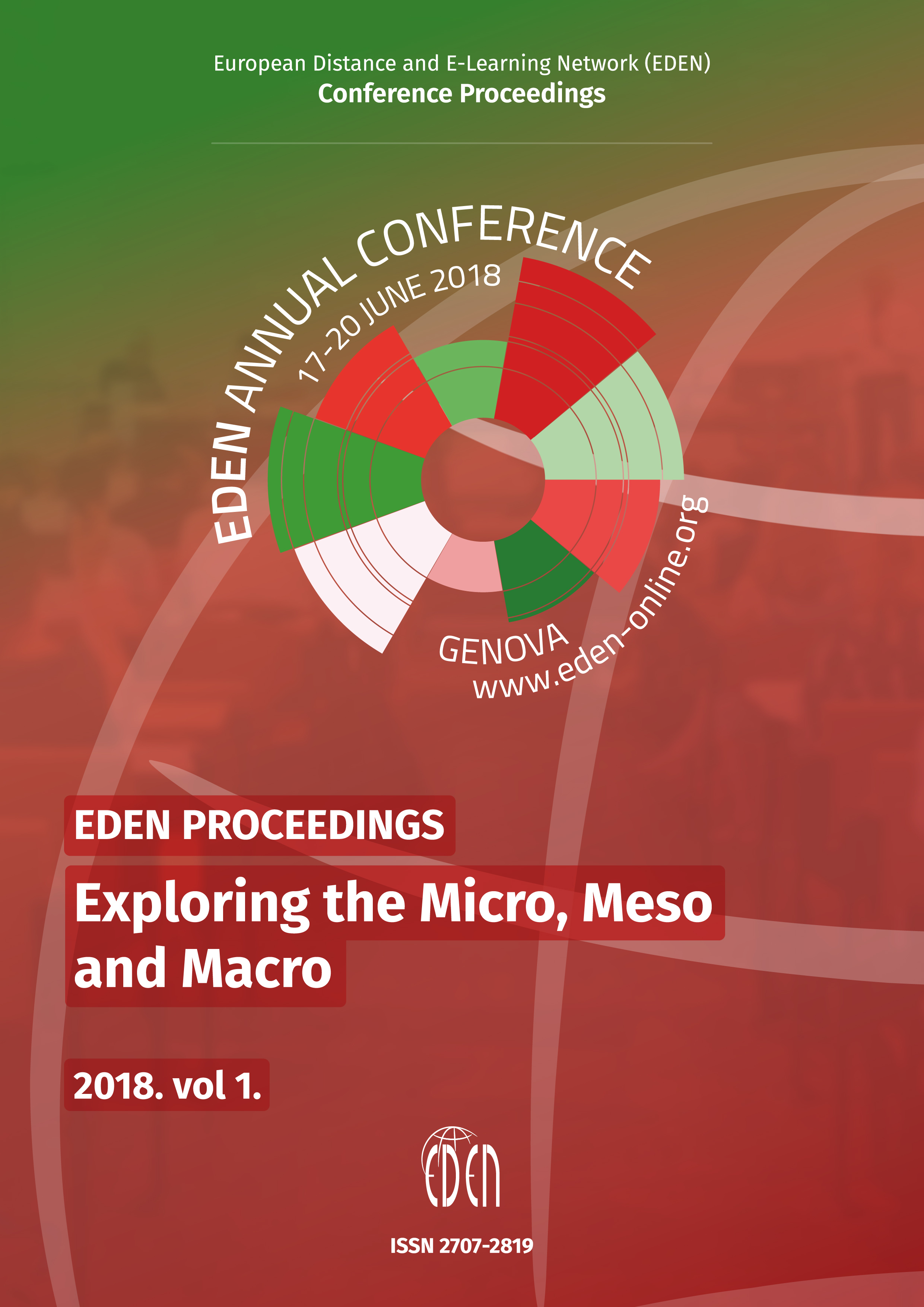“The Cobbler Who Wears the Best Shoes”: How to Educate the Staff of the Higher Education Institutions Using Digital Technologies. Study of the Plekhanov University Experience
“The Cobbler Who Wears the Best Shoes”: How to Educate the Staff of the Higher Education Institutions Using Digital Technologies. Study of the Plekhanov University Experience
Author(s): Dinara R. Tutaeva, Alexey I. Grishin, Olga A. GrishinaSubject(s): Social Sciences, Education, Higher Education
Published by: European Distance and E-Learning Network
Keywords: Distance and e-learning methodology; Educational systems and structures; Institutional case study; Institutional innovation and development; case study; National case studies
Summary/Abstract: Among communities of different levels, education of which is to be organized under the special scheme, perhaps the most specific one is the staff of the higher education institutions themselves. Unfortunately, a common saying about “the cobbler who always wears the worst shoes” often becomes very actual in such situations. Meanwhile, these educational programs often have very high relevance, which can be clearly illustrated by the Russian example. The majority of Russian universities are public, and receive the funds from the state budgets in order to conduct their activities. In a sense, this situation is the heritage of the Soviet era, although, of course, with the transition to a market economy, many higher education institutions have switched to making their own funds. This process seems very positive in the light of reducing the burden on the State budgets. However, the share of self-earned funds in the budgets of the Russian universities is still relatively small (no more than 51% in average). The situation is aggravated by the fact that higher educational organizations are conservative, “slow” in changeovers, and most of the managerial staff of universities (especially regional) does not command effective methods and tools of financial management. Moreover, there is a systemic problem – the heads of universities financial services almost never link the financial results of the universities with their development strategy, selected set of educational programs, the main parameters of the educational processes etc.
Journal: European Distance and E-Learning Network (EDEN) Conference Proceedings
- Issue Year: 2018
- Issue No: 1
- Page Range: 495-500
- Page Count: 6
- Language: English

